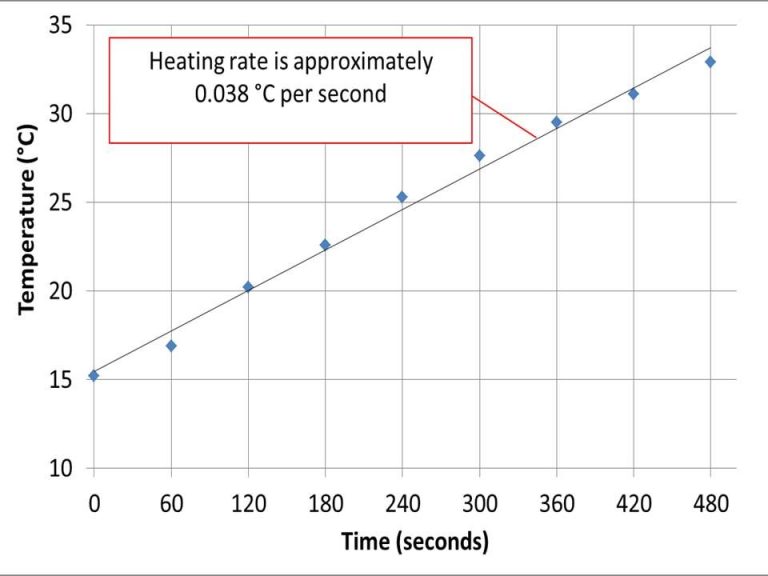What Candles Do Not Give Off Black Smoke?
Black smoke coming from a candle indicates incomplete combustion of wax and wick (href1). This often results from issues like an oversized wick, low quality wax, or other factors we’ll explore here. While some believe black smoke has spiritual symbolism, generally it implies a problem with the candle (href2).
In this article, we’ll provide an overview of candle types and components that can contribute to black smoke. We’ll offer solutions for preventing soot and smoldering wicks. Our goal is to help you understand why black smoke happens and how to avoid it, so you can enjoy clean burning candles.
We’ll cover factors like wick material, wax composition, wick diameter, fragrance, dyes, and more. With helpful tips and information, you’ll be able to burn candles safely without excess smoke.
Wick Material
The most common material for candle wicks is cotton [1]. Cotton fibers are braided, twisted, or knitted together to form a wick that provides a clean, even burn. Cotton wicks are preferred for their flexibility and ability to curl as the candle burns, which promotes full wax pool melting. Cotton also produces minimal soot.
Wooden wicks made from bamboo or wood splints are also popular options. Wood wicks produce a crackling sound as the wick burns, releasing water trapped within the wood. This makes the flame dance and creates a more dynamic sensory experience. However, wooden wicks may not burn as cleanly as cotton.
Paper and cardboard can also be used to create wicks. These materials are inexpensive and accessible. However, paper and cardboard wicks may burn unevenly. Wax-coated wicks provide rigidity for wick materials like paper or cardboard. The wax coating allows the wick to burn at an even rate.
Wax Composition
The type of wax used to make a candle can impact the amount of soot it produces when burned. Some key types of wax to consider are:

Paraffin Wax – This petroleum-based wax is the most widely used candle wax. It’s inexpensive and makes candles burn long and bright. However, paraffin wax tends to produce more soot than natural waxes.[1]
Soy Wax – Made from soybeans, this renewable and biodegradable wax produces less soot and burns cleaner than paraffin. Soy wax is also gentler and less allergenic.[2]
Beeswax – Beeswax candles produce very little soot since beeswax has a naturally high melting point. Beeswax is non-toxic and burns slowly and steadily.[1]
Gel Wax – These vegetable-based transparent waxes are blended with mineral oil. Gel wax candles release less black smoke but can get oily buildup on wicks.[2]
Wick Diameter
The thickness of the wick is a key factor that impacts soot production. Thicker wicks tend to produce more soot because they have a larger flame and burn hotter (CandleScience). The wick needs to be properly sized for the diameter of the candle container so it burns at the right temperature. Using a wick that is too thick for the candle diameter can cause it to get too hot and produce more soot.
For example, a common wick thickness recommendation is to use CD 4 wicks for candles with a 2-3 inch diameter, CD 6 wicks for 3-4 inch diameters, and CD 8 wicks for 4-5 inch diameters (Lonestar Candle Supply). Following these guidelines helps prevent wicks from being oversized and producing excess soot. The optimal wick thickness depends on factors like wax type, fragrance load, and vessel shape, but staying within the recommended range is a good starting point.
Preventing Soot
Proper wick length and regular wick trimming are two important factors for preventing soot when burning candles. The wick should be trimmed to 1⁄4 inch before lighting to avoid the wick getting too long as the candle burns down. This helps prevent the wick from emitting excess soot. As a general rule, the wick should be trimmed whenever 1⁄4 inch of the wick is charred black. The wick needs to be long enough to allow the wax to melt properly and release fragrance, but not so long that it results in a large flame and soot production. Long wicks tend to curl over into the melted wax pool, resulting in more soot (Source 1).
Avoiding drafts around a burning candle can also help reduce soot. Air currents from fans, open windows or air vents can cause the flame to flicker and smoke. The airflow causes the flame to burn unevenly, creating excess soot. Protect the candle from drafts by burning it in an enclosed space or glass container. If needed, move the candle away from any direct airflow in a room for the cleanest burn (Source 2).
Container Material
The material used for the candle container can impact how much black smoke a candle produces. Glass, metal, and ceramic are common materials used for candle containers.
Glass containers allow light to pass through and showcase the candle wax, providing an aesthetically pleasing effect. However, glass doesn’t disperse heat well, which can lead to more soot (Source: Aroma Packing).
Metal containers like tin and aluminum dissipate heat more evenly than glass. The metal helps draw heat away from the wax pool, reducing soot. However, metal can get hot to the touch (Source: Bright Glassware).
Ceramic containers are resistant to high temperatures and help disperse heat away from the flame. Their porous nature absorbs excess wax, preventing it from overflowing. This helps reduce soot production.
Fragrance
The type of fragrance used in candles can impact soot production. Essential oils derived from plants tend to produce less soot than synthetic fragrances made from chemicals. When burned, synthetic fragrances don’t fully evaporate and can leave behind residue that leads to black smoke. Essential oils, on the other hand, are volatile organic compounds that evaporate cleanly without leaving buildup. Some popular essential oils used in low-soot candles include lemon, orange, pine, lavender, eucalyptus, peppermint, and tea tree.
Candle makers should avoid synthetic fragrances like phthalates that have been linked to soot production. High quality candles use pure essential oils or natural fragrance oils made from extracts. Always check the label for the fragrance source. Essential oil candles will advertise that they use 100% natural oils. If a candle produces excessive soot, it likely contains synthetic fragrances instead of natural ingredients.
Some references:
Source 1
Dye
The type of dye used in candle wax can impact soot production. Certain dyes, especially mineral dyes, are more likely to produce black smoke and soot than others (Source). Mineral dyes contain metal oxides that don’t fully combust, leaving behind black carbon deposits.
Liquid dyes tend to produce less soot than mineral dyes. The pigments in liquid dyes are fully soluble in wax and burn cleaner. Switching from mineral dyes to liquid dyes can help reduce black smoke and soot production in candles (Source). Candlemakers should avoid mineral dyes like ultra marine blue or manganese violet if they want to minimize soot.
Wick Treatments
One way to help prevent black soot with candles is to use wicks with special treatments. Many wick manufacturers offer options like zinc or paper cored wicks that are designed to burn cleaner and prevent sooting issues. The zinc core helps the wick stay rigid as it burns, promoting an even burn and less mushrooming at the tip (Candlescience.com). Paper cored wicks like eco-wicks also provide stability and are often paired with thinner diameter wicks to prevent issues like sooting.
Wick coatings are another option for cleaner burning candles. Some wicks are coated in special wax blends to help regulate the burn and prevent soot. Candlewic offers options like their Super HTP wicks with a proprietary wax coating to inhibit mushrooming and improve combustion (Candlewic.com). Testing different wick treatments is recommended to find the best option for your specific wax, fragrance and candle design.
Conclusion
In summary, choosing the right candle materials and properly preparing the wick are key to preventing black smoke. Use natural fibers like cotton for the wick, select waxes with a high melting point, match the wick diameter to the candle diameter, trim wicks to 1⁄4 inch before lighting, and avoid dyes or heavy fragrances. Testing wicks by burning them in advance can help too. Containers made of heat-resistant materials like glass or metal are recommended. With the right combination of materials and proper wick preparation, it is possible to enjoy smoke-free candles.
The best recommendations are to use 100% cotton wicks, choose soy, beeswax, or palm wax, trim wick lengths before lighting, allow melted wax to fully pool before extinguishing, and avoid heavily scented or dyed candles. Testing different wick types and diameters in advance is also wise. This will result in clean, soot-free candle burning.




